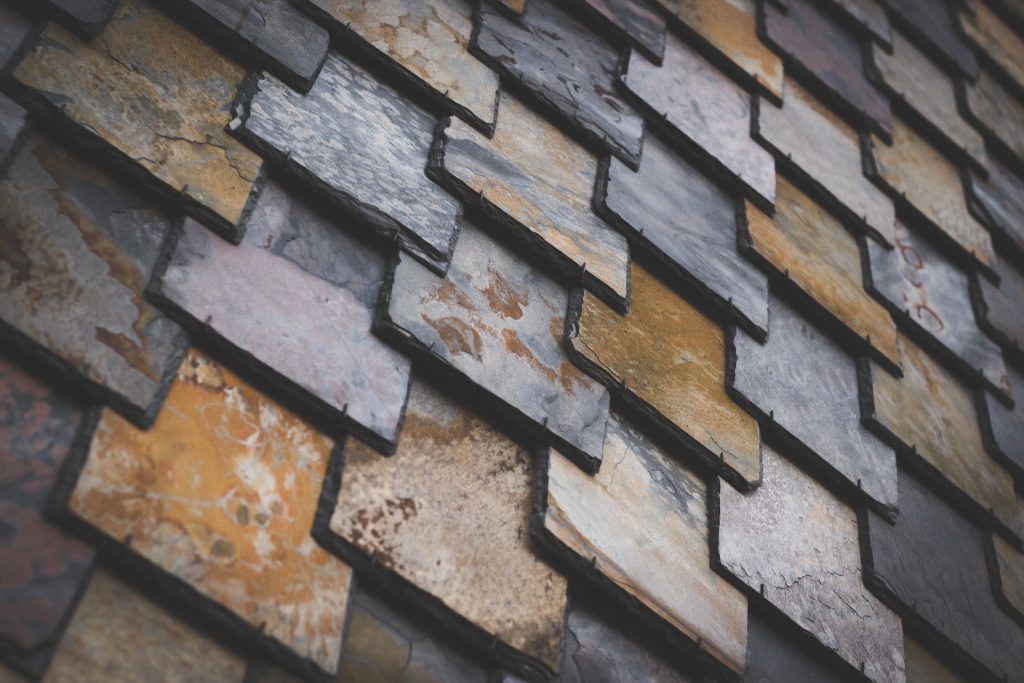Life could not be much better at present. Your own little plumbing business is going well after starting from scratch, with jobs continually coming in after you did some research to upgrade your marketing. It’s so good that you have taken on an extra pair of hands.
You have also purchased a house in readiness for tying the knot with your beloved, but it does need plenty of work doing to it. However, the roof is in a real mess. You want to get this task done well, as a poor roof can haemorrhage cash over the years. You decide to drop by the builders merchants near you to see what you could use.
The Advantages Of Using Clay Tiles
Clay tiles offer longevity with a lifespan that can last up to 100 years. They are built to be nearly indestructible and withstand the elements leading to low maintenance costs. A huge advantage of clay is its durability. It will not rot and they’re resistant to fire and insects.
Air circulates freely below the tiles, thus regulating temperatures and leading to energy saving in a warm home. As well as being weather resistant, clay tiles add to the aesthetics of a home from the outside, with many being inspired by Spanish and Mediterranean designs.
The Benefits Of Concrete Tiles
Concrete tiles are not dissimilar to the clay versions in many ways. Available in a range of colours at the builders merchants in Chelmsford, Essex as well as in other cities around the world, it certainly adds to the appeal to offer many styles. They can be round or flat, offering a range that gives the home an eye-catching look. Once again, there is durability provided, with many manufacturers offering guarantees of up to 50 years.
Although concrete is difficult to damage, occasionally a tile will need replacing. This is no problem; the material is low maintenance, which can allow you and your friends to spend an occasional day or night at the races rather than concerning yourself. Energy is once again saved, which is invaluable in times of soaring bills.
How To Tile The Roof Using Concrete Or Clay

It is important to make sure that the roof rafters are clean prior to laying out and fixing the felt. Then start to lay the tiles on the first two batons at the bottom of the roof, making sure that they overhang to prevent leaking. Work out how many rows and batons are required and fixing them in place.
In the UK, and it could be the same way in other parts of the world, it is traditional to nail every third row of tiles starting from the bottom and then the top row. Not every tile requires nailing in place. It is important that the nails penetrate the batons, but not the felt. Always overhang the tiles if the roof has an edge or verge.
To Conclude
Concrete or clay tiles are durable with extended longevity, stylish, and low maintenance, making them an excellent way to roof any home as well as a great way to save on energy bills.

